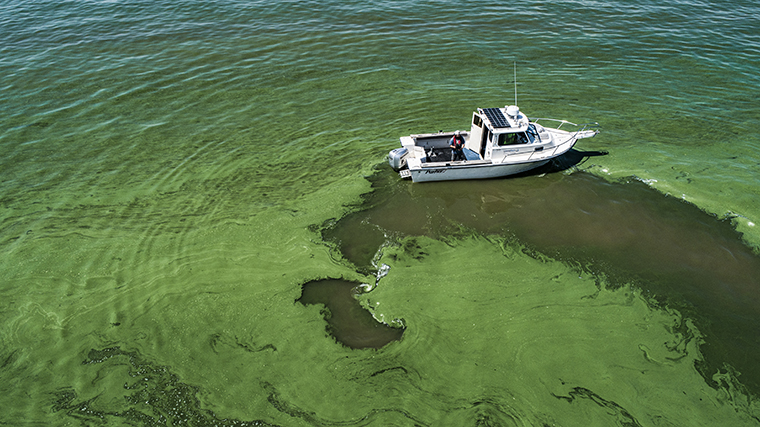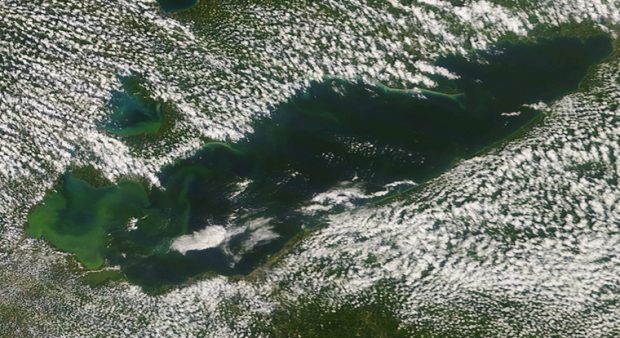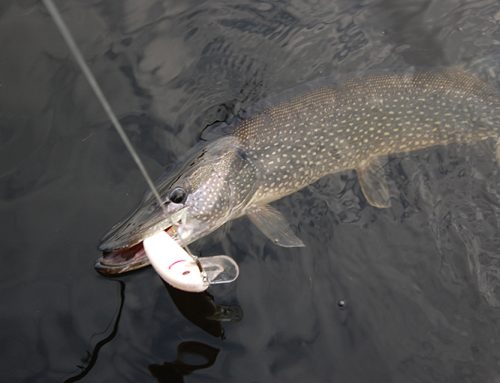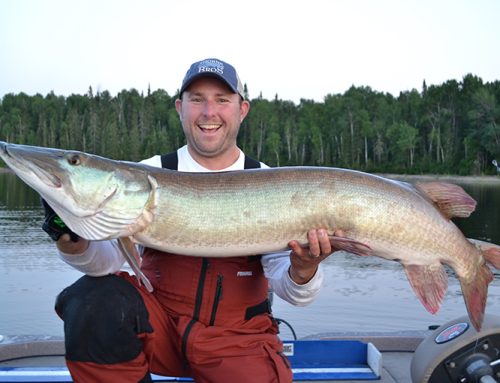
A giant algal bloom growing in western Lake Erie could threaten recreational and commercial fisheries if action isn’t taken, an Ontario Federation of Anglers and Hunters (OFAH) wildlife fisheries biologist said.
Scientists from organizations researching the slime, including the Great Lakes Institute for Environmental Research at the University of Windsor and Fisheries and Oceans Canada, took to the Great Lake last week as part of a co-ordinated, bi-national effort.
Great Lakes Outreach Media is also currently producing an independent feature documentary project about the history, cause, and effect of toxic algal blooms in Lake Erie. The Erie Situation, its working title, is set to be released in 2020.
This summer’s bloom — which is so vast it can be seen in images taken from space — covers much of the American side and extends to the Canadian mainland near Colchester, Ontario. Scientists are still trying to determine if it is toxic.

Unnatural and excessive amounts of nutrients, like phosphorus and nitrogen, can result in harmful blooms, like the one on Lake Erie, as well as hypoxia (oxygen deficiency) that can threaten the health of a fishery, OFAH fisheries biologist Adam Weir said.
Cyanobacteria — or blue-green algae — can form blooms that contain harmful toxins like microcystin that are dangerous to fish, wildlife, and humans.
In the summer of 2014, a western Lake Erie bloom prompted a multi-day drinking water ban for hundreds of thousands of residents of Toledo, Ohio, after officials found algae-based toxins in the municipal water supply.
As for wildlife, some fish are more tolerant than others, Weir said. “Regardless, if action isn’t taken, there could be serious consequences.”
The die-off and decomposition of large blooms also depletes oxygen, creating dead zones in the lake that can impact the growth of fish and other aquatic organisms, he added.
Cladophora doesn’t get the same publicity as the blooms in the western and central parts of Lake Erie, but the nuisance benthic alga is a growing problem for the fishery on the eastern side of the lake, he explained.
It fouls beaches, creates a stench, and covers and degrades fish habitat where it develops on hard, rocky surfaces in near shore areas.
What can you do?
Asked what anglers can do, Weir pointed out how groups have more influence than individuals and why it’s critical to support an organization like the OFAH because of how membership supports grassroots conservation efforts.
For example, the 2018 OFAH Zone H Fisheries Research Grant was awarded to University of Guelph PhD candidate Rene Shahmohamadloo. His studies focused on the impact of harmful algal blooms and microcystins in relevant species of the Great Lakes.

The bi-national Draft Lake Erie Lakewide Action and Management Plan highlights actions everyone can take to help, including choosing phosphate-free detergents, soaps, and cleaners, and picking up pet waste.
Other tips include avoiding fertilizers with phosphorous unless it does not have enough of the nutrient, installing a rain barrel, inspecting and regularly pumping out septic systems, and incorporating agricultural best management practices.
For more information on The Erie Situation, click here. You can also visit @greatlakesoutreach on Facebook or @LakesOutreach on Twitter. To see more photos, click here.






Leave A Comment